As a Leading Research Institute of Brain
Brain Research Institute was established in 1967 for the purpose of elucidating scientific principles relevant to the brain function and mechanisms of brain disease. BRI is the sole affiliated research institute of the national universities in Japan on human brain and related fields.
There are two affiliated centers in BRI: The Center for Integrated Human Brain Science and the Center for Bioresource-based Researches. The former was set as one of the center of excellence (COE) project by the Ministry of Education, Culture, Sports, Science and Technology. Its principal goal is to study human higher brain functions using non-invasive technologies such as MRI. The latter holds a comprehensive collection of scientific materials including neuropathological specimens, animal models and genomic data base for boosting related research.
Center for Integrated Human Brain Science: State-of-the-Art Technology of Imaging Analysis on Brain Function
The center has been engaged in a large-scale research under the project "the brain science of water molecules" that explores the relationship between cerebral water trafficking and brain function using non-invasive technologies such as MRI, and the succeeding project "the brain science of consciousness." The center launched the joint research center project "the prevention of Alzheimer's disease and pharmaceutical development" in fiscal year 2016. The machines used for non-invasive technology of imaging analysis on brain function are:
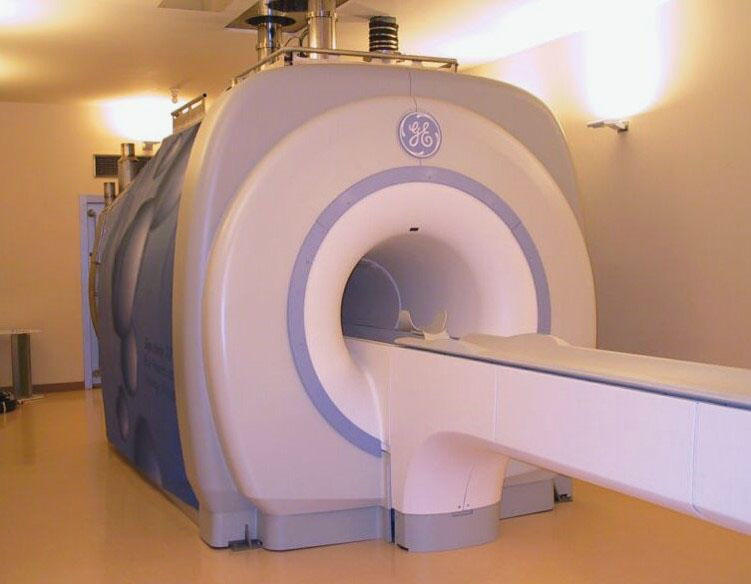 |
Horizontal 7T MRI systemHorizontal 7T human MRI system. It enables to develop realistic human magnetic resonance microscopy with a high signal-to-noise ratio and to pursue a wide range of research by making full use of the state-of-the art technology. |
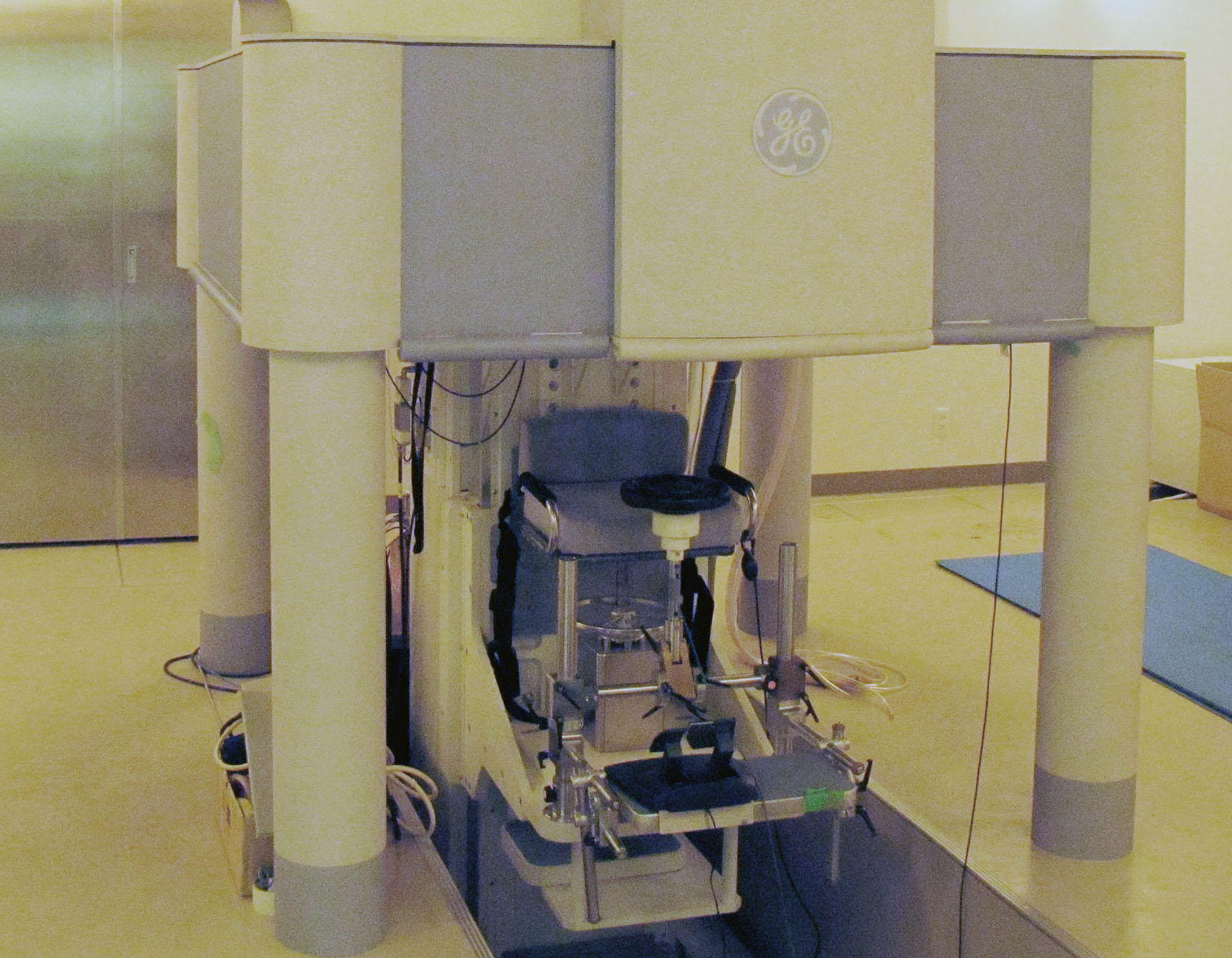 |
Vertical 3T MRI systemAwake humans rarely perform focused cognitive functions in the supine position. The first human vertical bore 3T system was developed to enable high valid analysis on human brain function. It delivers excellent performance on functional analysis of the human brain in the activities such as performing the musical instruments (e.g. the piano), driving a car and biped walking. |
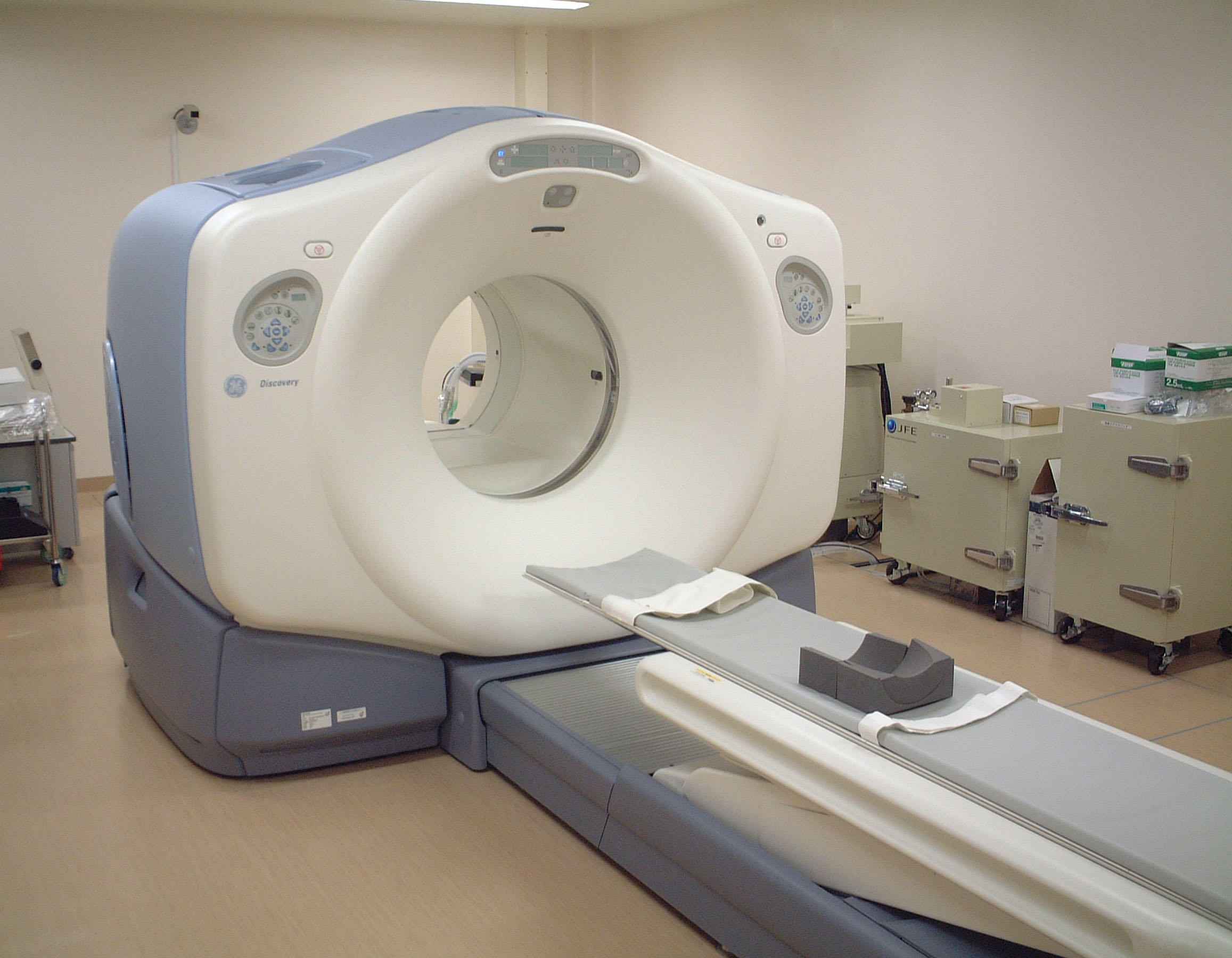 |
Positron Emission TomographA positron emission tomograph (PET camera) in conjunction with a X-ray computed tomograph (CT scanner) in the same gantry. |
Center for Bioresource-Based Researches: World-Class Collections of Neuropathological Specimens and Animal Models of Brain Disease
Neuropathological specimens accumulated by Dept. of Pathology (Pathological Neuroscience Branch) and Dept. of Pathology Neuroscience (Center for Bioresource-based Researches) consist of 3,500 autopsy cases and 20,000 surgical cases. 30,000 samples of fresh frozen tissue are the most extensive collections in Asia and also one of the best in the world.
The scheme to foster the network accessibility of the digitalized collections was selected as the 21st century COE program "Virtual University of Neuropathology."
As a core department of the MEXT's "the collaborative research center for brain diseases utilizing neuropathological resources" in BRI and also as a hub of the brain bank in Japan, the center undertakes a great deal of joint research projects concerning brain tumor, amyotrophic lateral sclerosis, intractable epilepsy, Parkinson's disease and schizophrenia.
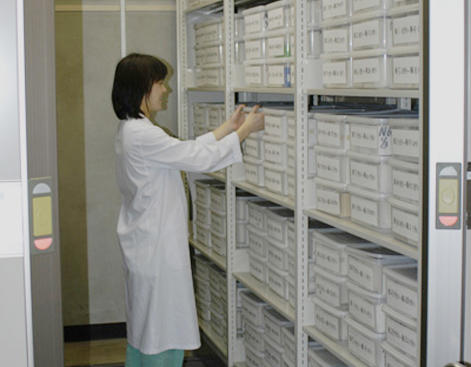 |
Paraffin block: 520,000 pcs
|
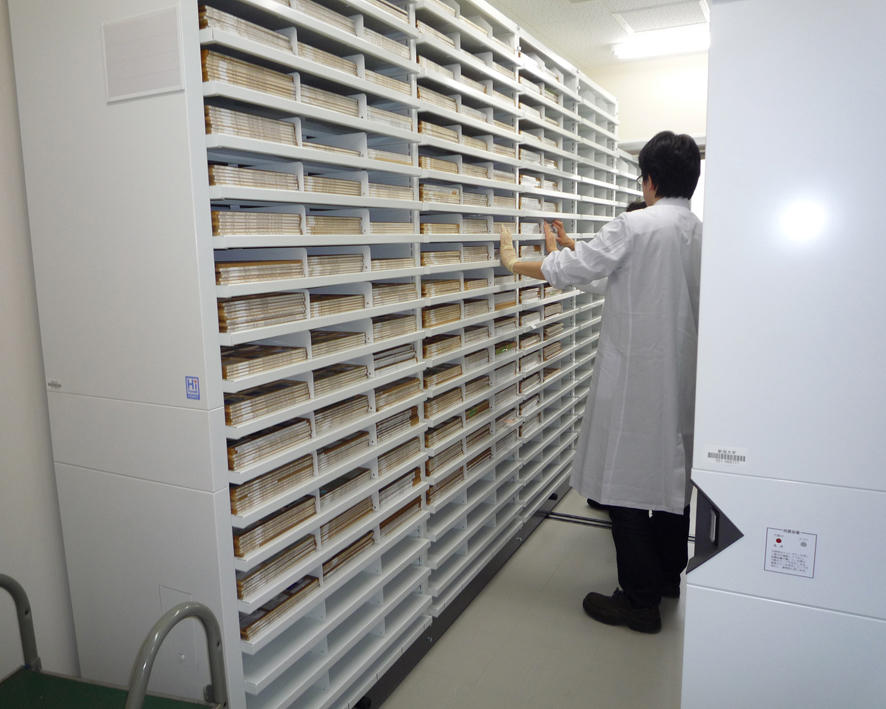 |
Glass slide for optical microscope: 2 million slides
|
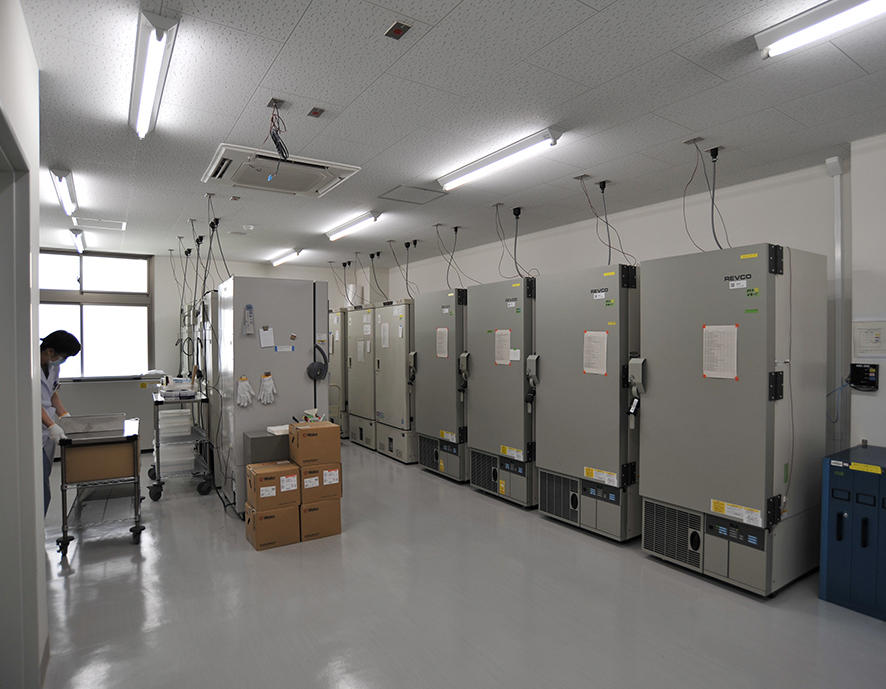 |
Fresh frozen tissue: 30,000 samplesRoom for -80°C ultra-low temperature freezers. 30,000 samples of fresh frozen brain tissue are stored in a total of 32 freezers and kept under digital database control. |
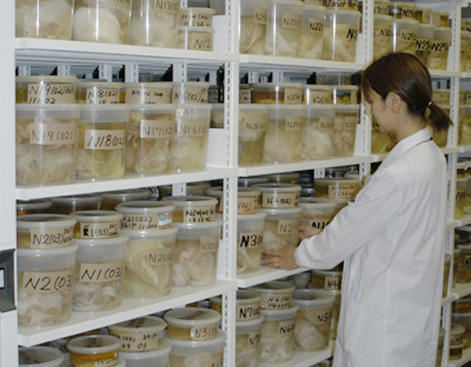 |
Fixed gross specimen: 10,000 samples |
Dept. of Comparative & Experimental Medicine and Dept. of Animal Model Development (Center for Bioresource-based Researches) engage in a number of joint research projects that involves breeding and analyzing genetically modifies mice with other research institutes.
Special animal experiment facility specialized for brain function and disease analysis carries out research studies mainly on genetically modified rodents. Genetically modified mice from C57BL/6 strain embryonic stem cell line fitted for brain function analysis are produced in the facility. These mice are provided to researchers inside and outside of BRI.
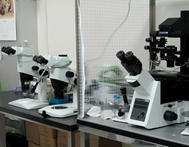 |
Developmental engineering laboratory
|
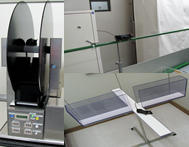 |
Behavior analysis laboratory
|
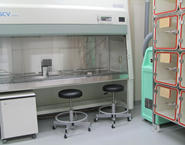 |
P2 level laboratory
|





